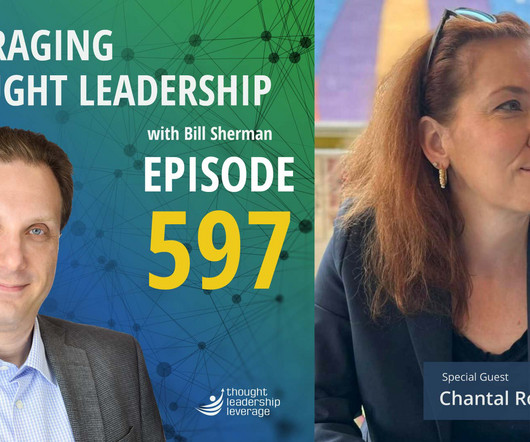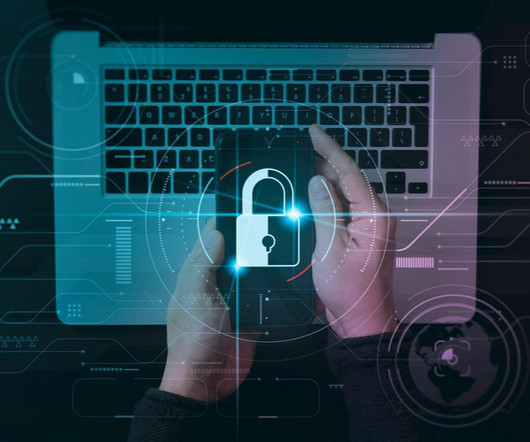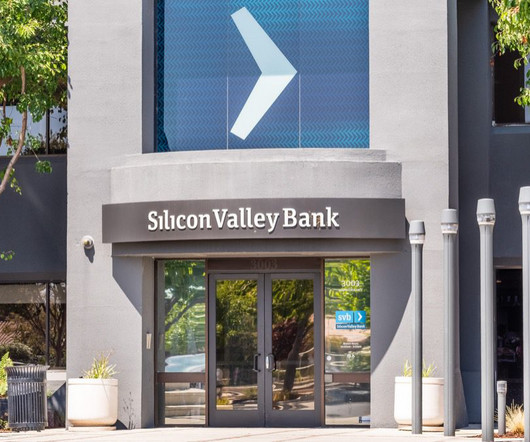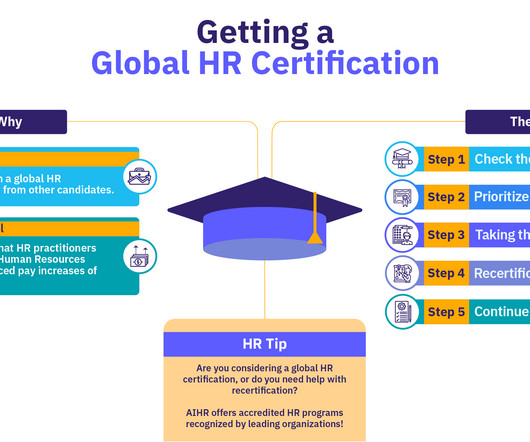From Claims to Fairytales: How to Write for Different Audiences | Chantal Roberts
Peter Winick
SEPTEMBER 30, 2024
Today, host Bill Sherman sits down with Chantal Roberts, an insurance expert and professor at The Bureau of Manhattan Community College in New York., One caters to insurance professionals, and the other takes a creative approach to educate the general public. to discuss her unique journey as an author of two distinct books.































Let's personalize your content